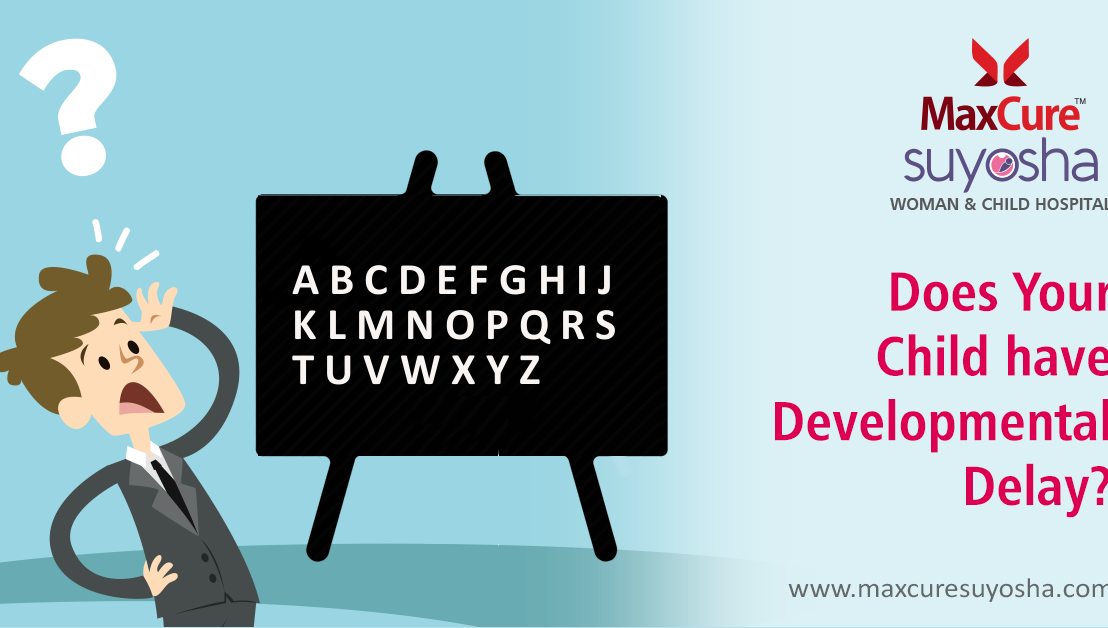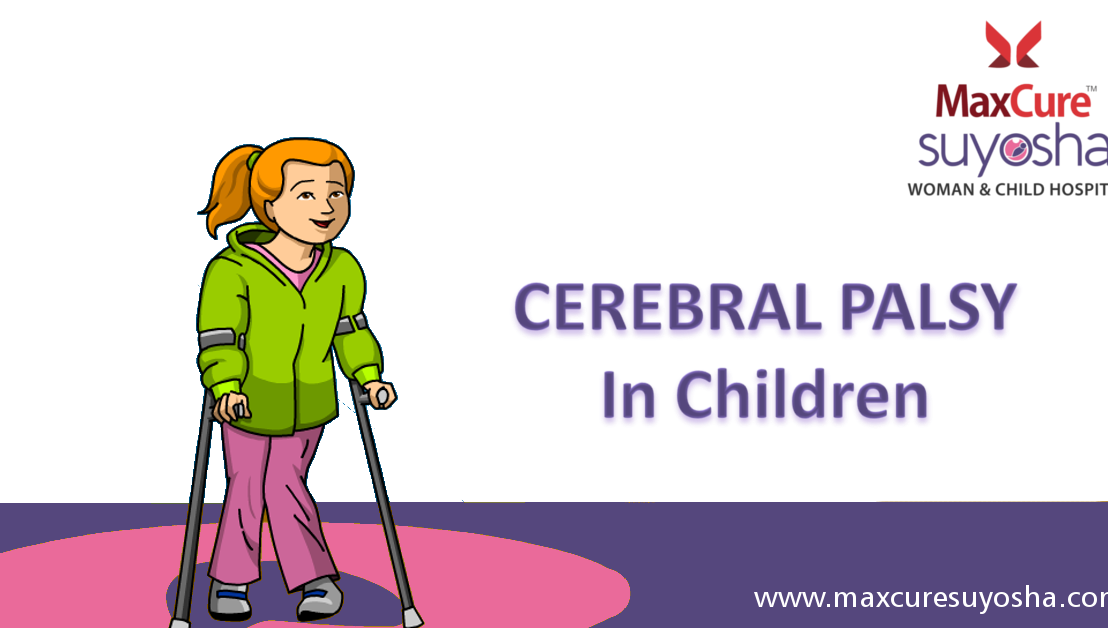As parents watch their child grow and anticipate his/her milestones, it is very common to wonder and even worry about whether his development is on track or not. Though every child develops at his or her own pace, it is important for parents to notice that their child reaches his developmental milestones such as rolling over, sitting, walking and talking around the expected age. When a child couldn’t reach his developmental milestones around the expected age it could be a sign of developmental delay.
What is a developmental delay?
The term developmental delay is simply the delay in a child’s development, which refers to when a child does not achieve his developmental milestones within the broad range of what is considered normal. The developmental delay can be in one or more areas. There are different types of developmental delays in infants and young children which include:
Communication and language skills – understanding and speaking
Gross Motor Skills – Actions that involve using of arms, legs or entire body like crawling, running and jumping.
Social and Emotional skills – Ability to relate to other people, making eye contact.
Visual Motor Skills – Ability to find the difference between alphabets.
What causes a developmental delay?
The specific cause of developmental delay is unknown. But it can have many different causes such as genetic defect like Down syndrome, complications during pregnancy or at the time of birth such as prematurity or infections.
How a developmental delay is diagnosed?
No one can know better about a child than his parents. So it important for parents to keep track of all their child’s activities and consult a healthcare professional if concerned about their child’s development. Usually a developmental delay is diagnosed after a child’s health and development are assessed by a pediatric specialist.
Treatment for children with developmental delay:
Children with developmental delay take longer to develop new skills and may learn in slightly different ways. They need to be shown skills in smaller and simpler steps and need more opportunities to practise. According to the type of developmental delay seen in children, the following therapies might be able to help to treat it:
- Speech and language therapy
- Occupational therapy
- Physical therapy
- Behaviour therapies


